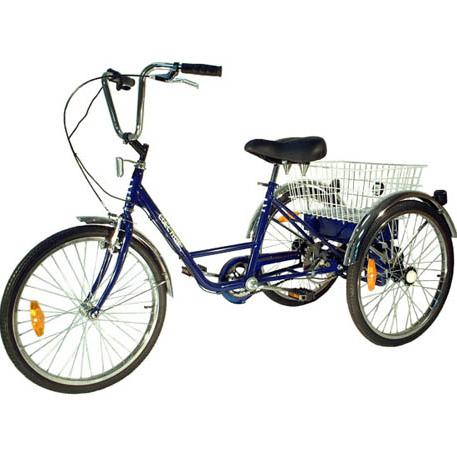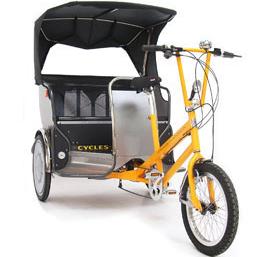So here it is with the history of the hammock. Actually Melissa Anne was supposed to get me a guest post in Word. It did not come but my deadline did. Maybe some other time I guess.
http://www.outdoorliving.com/learning-center/cat/hammocks/post/the-history-of-hammocks/
Hammocks are one of life’s simple pleasures, but there are a lot of different types out there that can make choosing just one a hard decision. We’ve got all the info you need to know, from the major styles to materials to how to hang them, so you can get the most out of your hammock experience.

- Hammocks have been around for hundreds of years. Read on to find out why they’re love by people all over!
Relaxation, a summer afternoon, ice cold lemonade – just some of the things that come to mind when you think of a hammock. An iconic image of backyard leisure, hammocks have been around for close to 1,000 years. Their exact location of origin is not clear, but European explorer Christopher Columbus encountered natives resting in them when he landed in what is now the Bahamas, introducing them to Europe when he later returned. Many Central and South American cultures were using hammocks at the time as well, such as the Mayans and the Venezuelans. Thanks to their functional design, they’ve been used throughout history by armies and navies needing a way to sleep safely without worry of insect bites in the jungle or being tossed from bed aboard a rocking ship. They finally went mainstream after World War II with the baby boomer families, becoming a popular choice for backyard recreation and leisure. Hammocks have come a long way from their original designs hundreds of years ago when they were made of bark from the hamack tree, but the dedication to quality and handcrafted workmanship still prevails. Today, consumers can choose from many different styles of hammocks, made from materials like cotton, polyester, and nylon. Whether you’re looking for a new way to get some rest and relaxation or another outlet for spending your leisure time, hammocks are an easy way to add a peaceful, relaxing accent to the inside of your home or your outdoor living space.
More swinging tomorrow.
:}










































